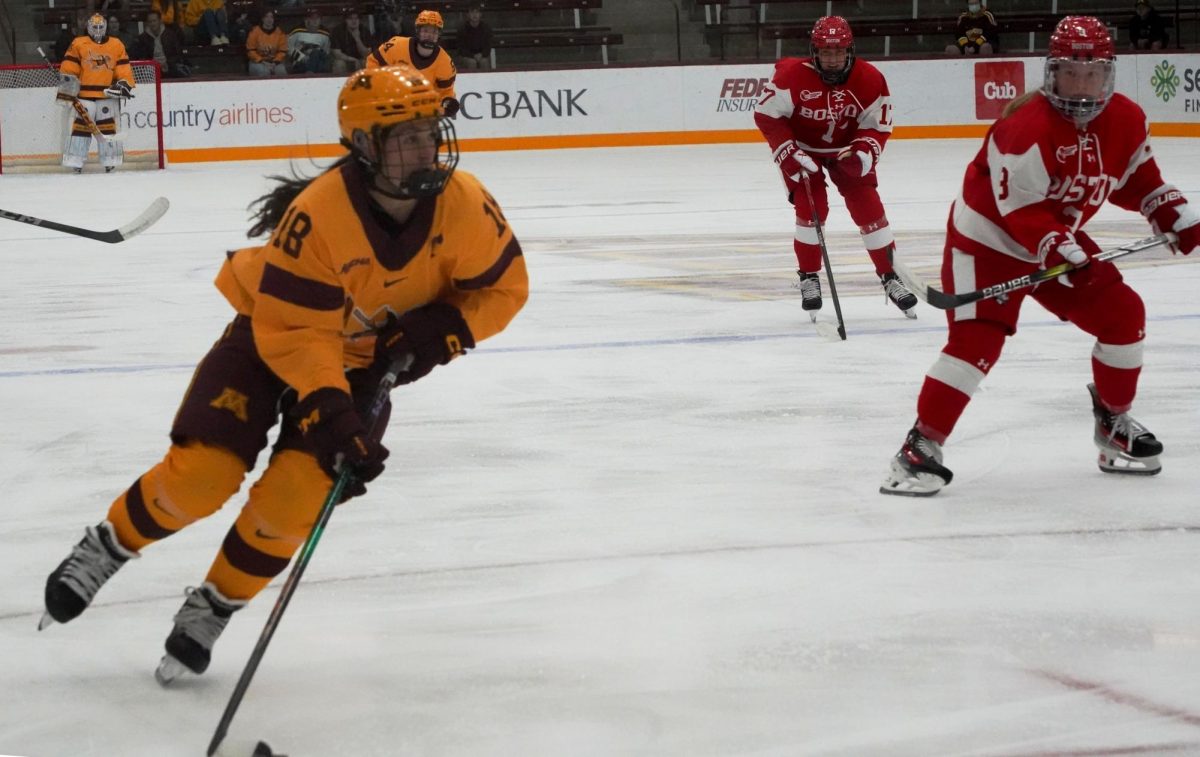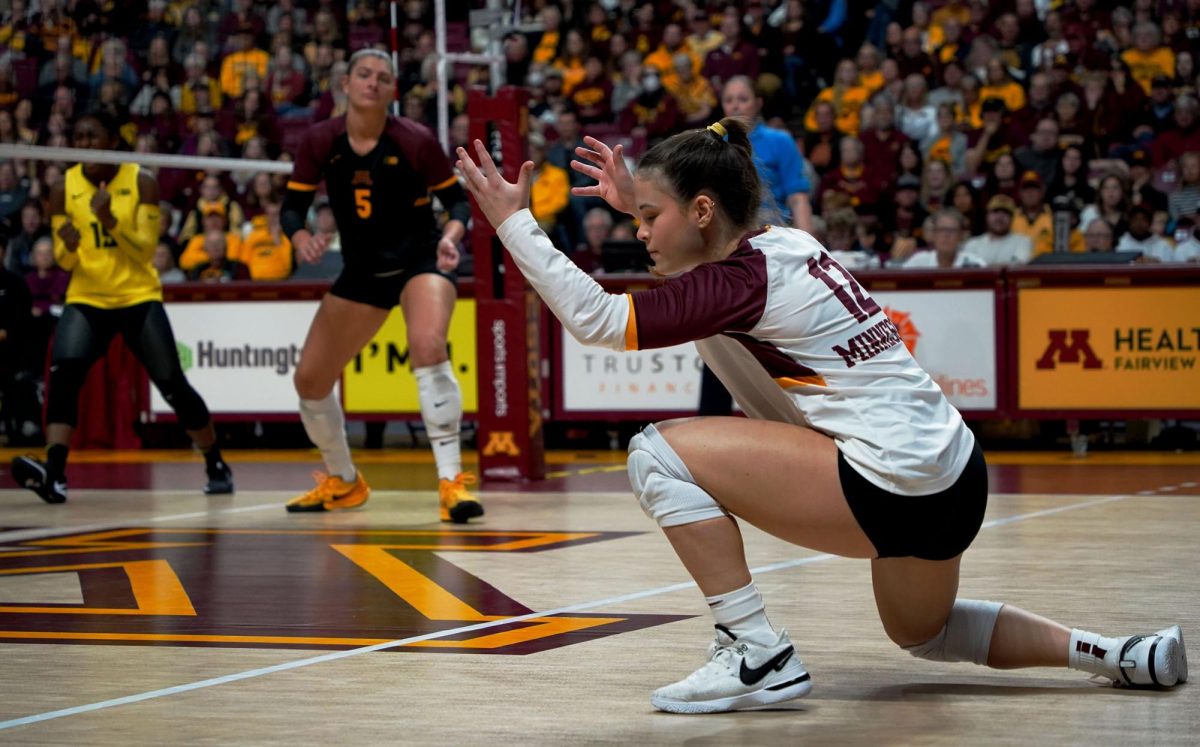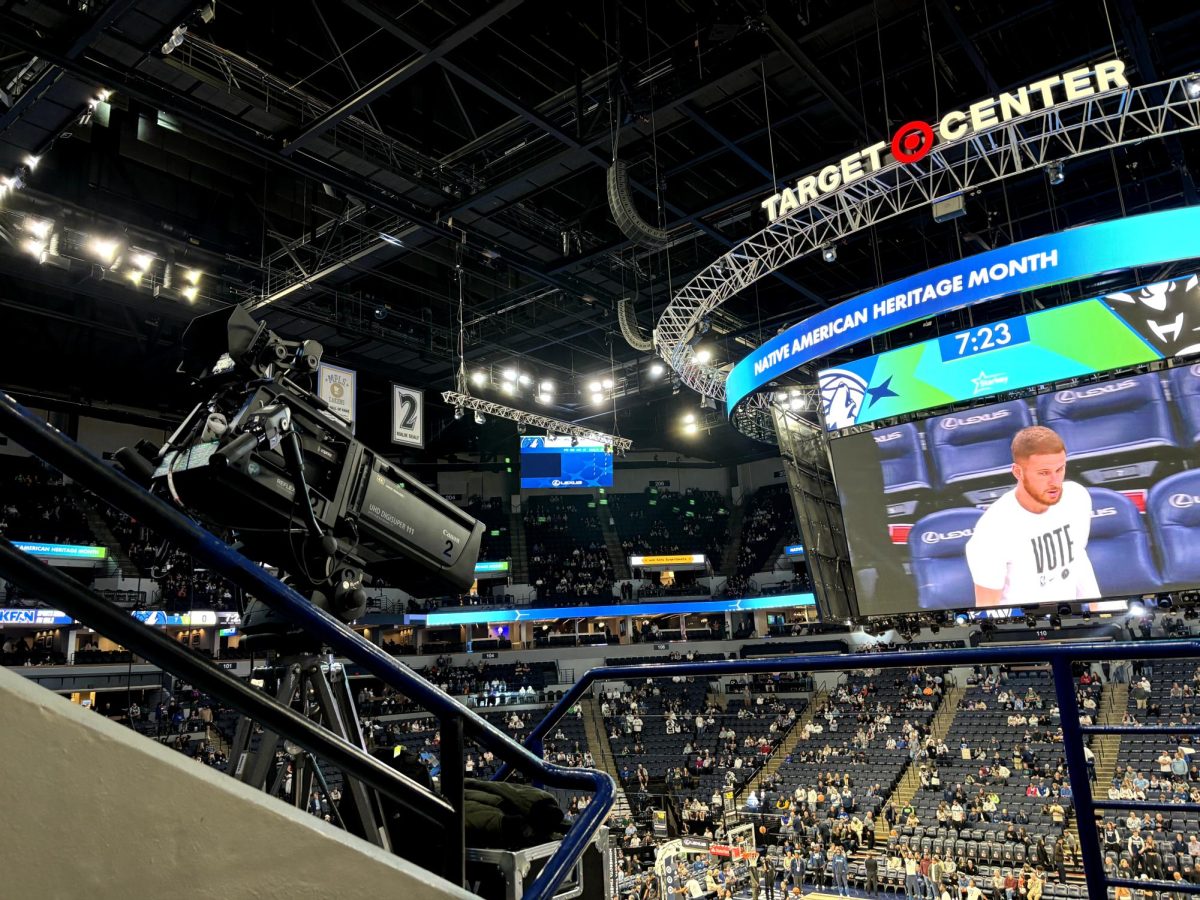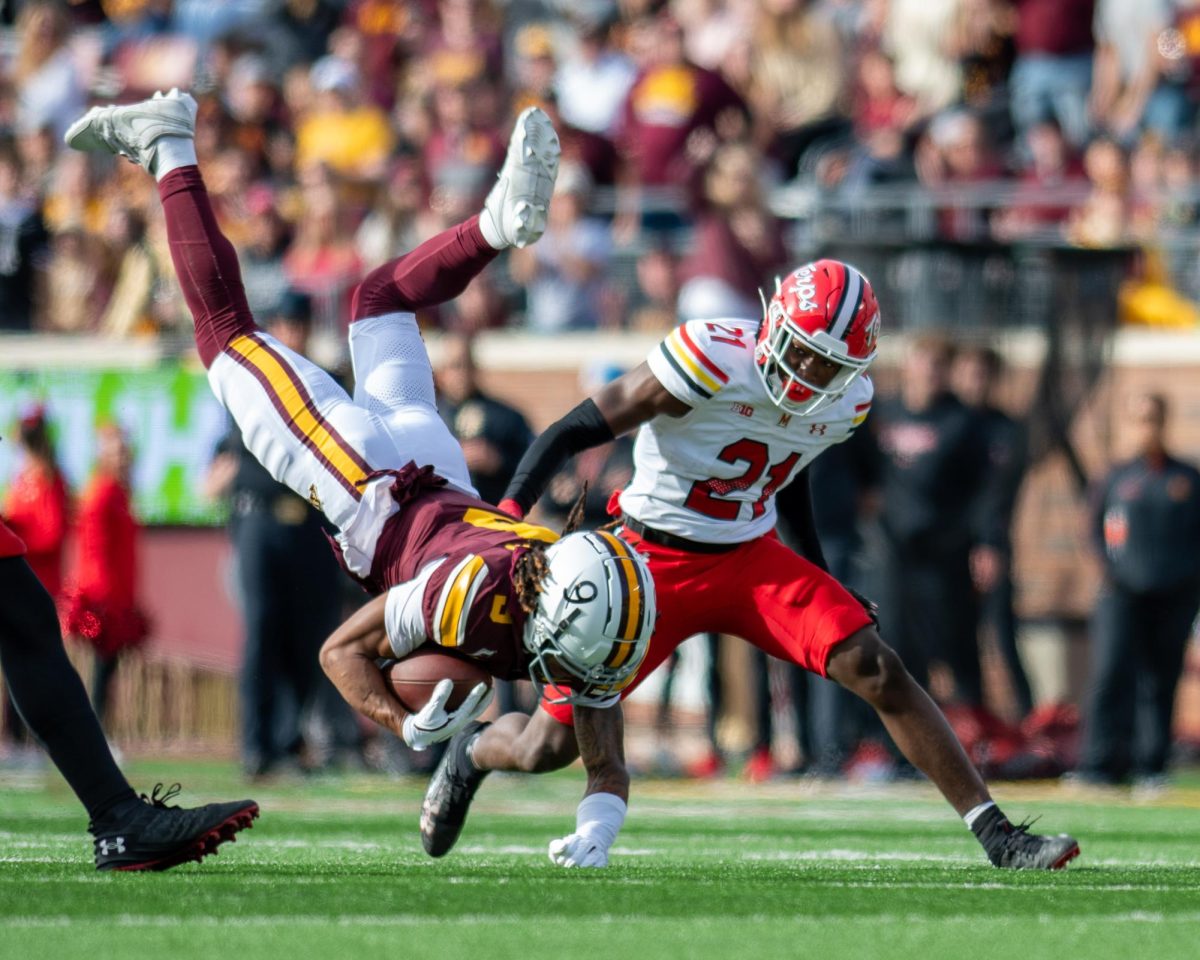College coaches can now contact possible recruits as often as they want. For Gophers men’s basketball coach Tubby Smith, it ends a “nightmare.”
An NCAA rule change that started Friday removes any limit on men’s basketball coaches contacting recruits. Coaching staffs may make unlimited calls and text messages to prospects who have completed their sophomore year of high school. The NCAA is also allowing coaching staffs to send private messages to recruits through social media sites like Facebook and Twitter.
Previously, men’s basketball coaches were allowed to contact potential recruits once a month after June 15 following their sophomore year. After July 31 of their junior year, coaches could call them twice a week.
Smith called the change a “win-win,” adding that it will ease compliance issues for Minnesota’s athletics department.
“I had to ask coaches who talked to who, when did you talk to him,” Smith said. “Then, only one coach could talk to him, once a week or every two weeks.”
“You can imagine the nightmare in monitoring that.”
With this change, the NCAA has legalized the actions of former Indiana coach Kelvin Sampson, who was essentially banned from the NCAA for five years in 2008 for excessive calls and text messages to recruits and not being forthcoming with the violations. Sampson was stamped with a five-year “show-cause” penalty, which requires any program to successfully plead their case for hiring him before the NCAA approves.
Tyus Jones, a highly touted point guard from Apple Valley, Minn., is one of many top prospects who have likely seen an increase in calls and text messages since Friday.
“The way [Jones] is handling it is by letting the schools that are heavily recruiting him know, ‘Hey, you don’t need to text me every day,’” said Zach Goring, Jones’s coach at Apple Valley High School.
Goring, who has coached Jones for two seasons, said parents typically serve as communicators between more popular recruits like Jones and interested schools.
“If a kid like Tyus looks down at his phone every hour and sees four, five messages each time, it’s hard to keep up with that,” Goring said.
Goring said he was surprised the NCAA lifted the limit on communication with recruits but said he assumes it was a means to an end.
“I’m guessing it became so hard to monitor, they finally threw their hands up and said, ‘You know what, let it be open,’” he said.
At Minnesota, Smith said he thinks recruits will actually see less calls than before.
“They’ll get a bunch of calls to start with,” Smith said. But those highly rated prospects will let the coaches know quicker whether they’re interested in their program, Smith said.
“Recruiting is all about understanding who you can recruit, who is actually interested.”
Smith said recruits will have to be more decisive in which schools they want to consider instead of just keeping all of their options open.
The NCAA is also moving up the date when high school prospects can have their official visits to a campus. Previously, recruits set an official visit date during their senior year, but as of Aug. 1 it’s permissible for an athletics department to cover travel expenses for a recruit and parent or guardian beginning January of his or her junior year.
“That’s one of the biggest changes for us,” Smith said. “That moves the process up, the calls won’t be as excessive, and you’ll see a reduction in the number of schools players are involved with.”






